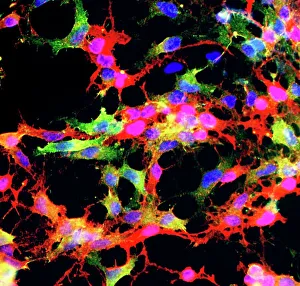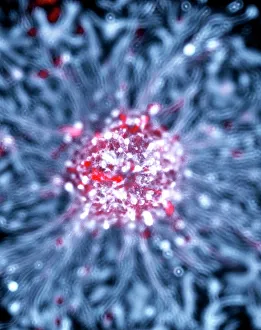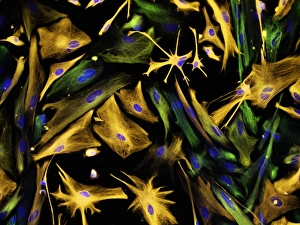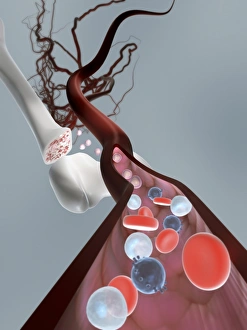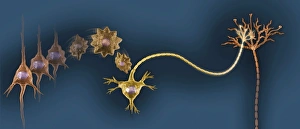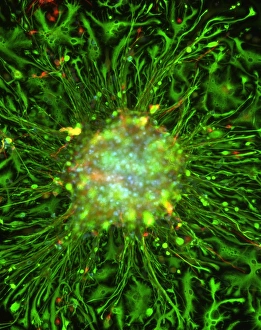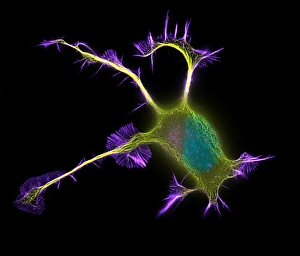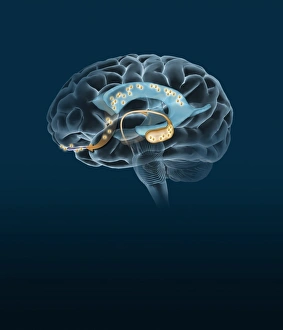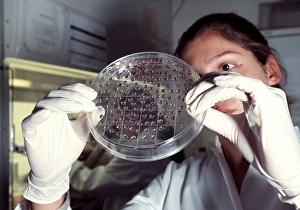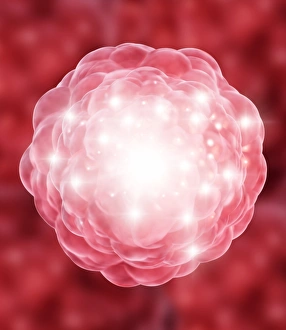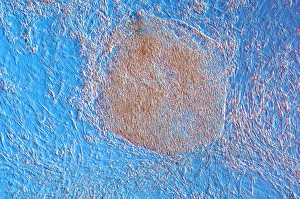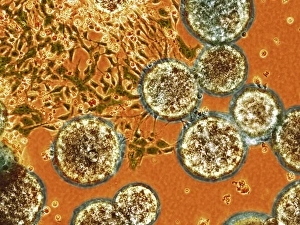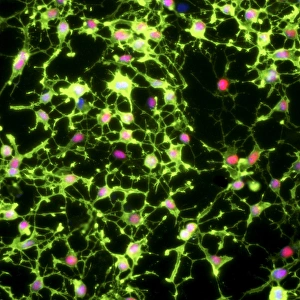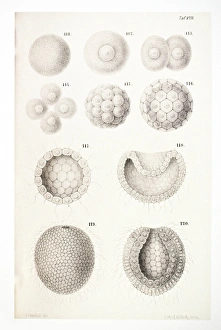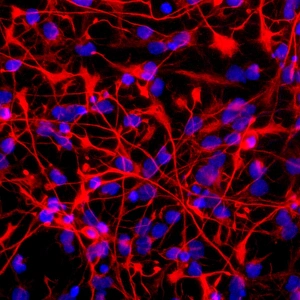Differentiating Collection
"Unlocking the Potential: Exploring the Fascinating World Cells" In this captivating journey, we delve into the intricate realm of differentiation
All Professionally Made to Order for Quick Shipping
"Unlocking the Potential: Exploring the Fascinating World Cells" In this captivating journey, we delve into the intricate realm of differentiation, where cells transform and specialize to fulfill unique roles in our bodies. Starting with glial stem cell culture and a mesmerizing light micrograph, we witness the birth of specialized cells that support and protect our neurons. The neural stem cell culture takes us further, showcasing their remarkable ability to differentiate into various types of brain cells. Moving beyond the confines of neurobiology, we encounter BAC 167 Strikemaster G-AWOS—a striking reminder that differentiation extends far beyond cellular realms. This powerful aircraft symbolizes how diverse entities can emerge from a common origin. Returning to cellular wonders, we explore neural progenitor cell differentiation C018/8758—an awe-inspiring process where these versatile cells mature into specific neuron types. Accompanied by artwork depicting haematopoietic stem cells, we marvel at their capacity to generate an array of blood components vital for life itself. But it doesn't stop there; art guides us through creating new neural pathways—illustrating how differentiation plays a crucial role in shaping our cognitive abilities and adaptability. Neurosphere cultures captivate us once again as they mimic complex brain structures in vitro, offering insights into neurological disorders and potential treatments. The repeated mention of nerve cell growth emphasizes its paramount importance in understanding development and regeneration processes within our nervous system. With each instance highlighting different stages or aspects thereof, it becomes evident that nerve cell growth is an ongoing phenomenon central to unraveling mysteries surrounding human cognition. As scientists continue exploring these enigmatic processes within laboratories worldwide, one thing remains clear: differentiation holds immense promise for unlocking secrets about ourselves while paving the way for groundbreaking advancements in medicine and neuroscience alike.

